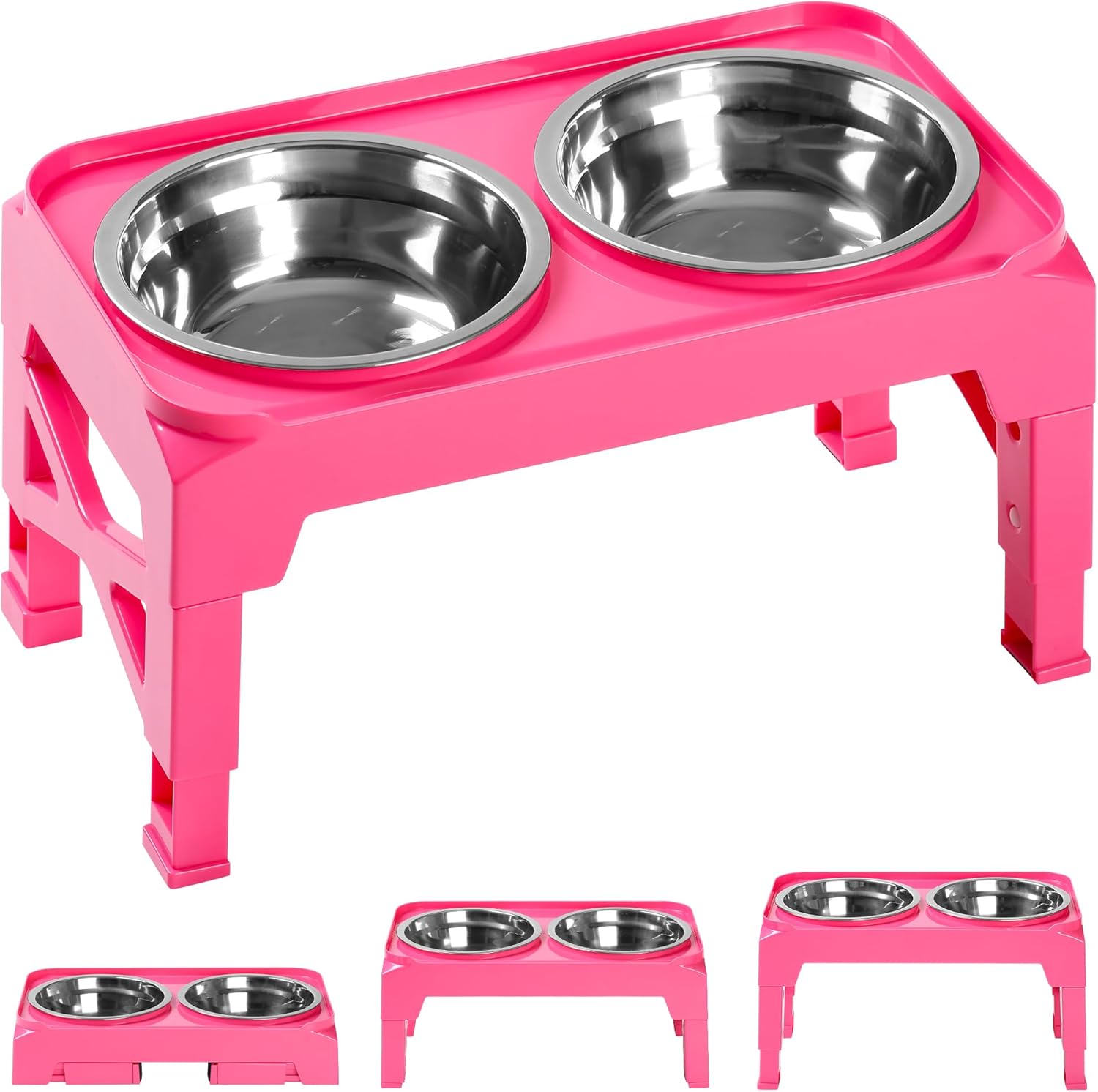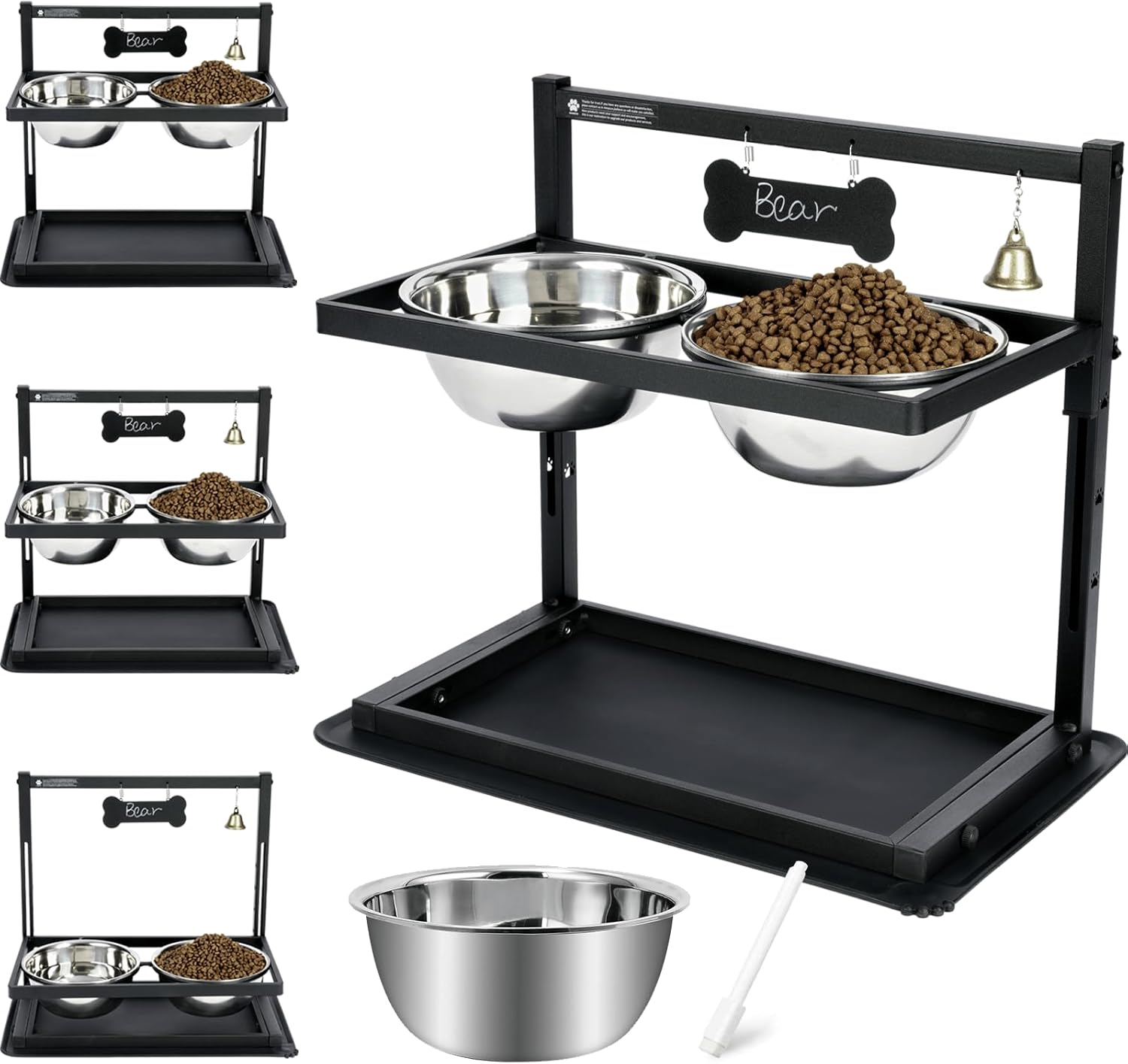How to Brush Your Dog’s Coat Properly: Tips and Techniques
Introduction:
Brushing your dog’s coat is not just about keeping them looking good—it’s an important part of their overall health and well-being. Regular brushing helps prevent matting, reduces shedding, promotes circulation, and ensures their skin stays healthy. In this guide, we’ll share expert tips and techniques for brushing your dog’s coat properly, regardless of their breed or coat type.
Why Brushing Your Dog’s Coat Is Important:
Brushing your dog’s fur provides several health benefits:
- Prevents Mats and Tangles: Tangled fur can pull on your dog’s skin, leading to discomfort and irritation. Regular brushing helps prevent matting, especially for dogs with longer coats.
- Reduces Shedding: Brushing helps remove dead fur, which can reduce shedding around the house. It also helps you manage hairballs in cats or prevent fur buildup in the house.
- Promotes Healthy Skin: Regular brushing helps distribute natural oils throughout the coat, promoting a healthy, shiny fur. It also helps you spot any skin issues early, such as rashes, fleas, or hot spots.
- Strengthens Bonding: Grooming your dog can be a bonding activity, helping to build trust and calmness, especially with dogs who enjoy human interaction.
Step-by-Step Guide:
1. Choose the Right Brushing Tools:
Choosing the right grooming tools for your dog’s coat type is key to effective brushing.
- Slicker Brushes: Best for removing mats and tangles from long-haired breeds.
- Pin Brushes: Great for general brushing, especially for medium to long coats.
- Bristle Brushes: Ideal for short-haired dogs and those with sensitive skin.
- De-shedding Tools: These are specialized tools for shedding breeds like Labradors or Golden Retrievers.
- Rakes or Mat Breakers: Essential for heavy matting in thick coats.
2. Start with Dry Fur:
It’s easier to brush a dog’s fur when it’s dry. Brushing wet hair can pull and cause breakage, so always ensure your dog’s coat is dry before starting.
3. Brush Gently:
When brushing, always be gentle. Start at the tips of the hair and work your way toward the skin. This ensures that you aren’t tugging at tangles, which can be uncomfortable for your dog.
4. Divide the Coat Into Sections:
Sectioning the coat helps to focus on one area at a time. Start at the back and work down the legs, neck, and belly. Be mindful of sensitive areas like the face, ears, and underarms.
5. Pay Special Attention to Problem Areas:
Some dogs are prone to matting in specific areas, such as behind the ears, under the legs, and around the collar. Make sure to brush these areas gently and carefully.
6. Use Positive Reinforcement:
Brush your dog in a calm, relaxing environment. If your dog is not used to being brushed, reward them with treats and praise. This will help them associate brushing with positive experiences.
7. Brush Regularly:
How often you need to brush depends on your dog’s coat type:
- Short-haired dogs: Once a week is usually sufficient.
- Medium-haired dogs: Brush 2-3 times a week.
- Long-haired dogs: Daily brushing is often necessary to prevent mats.
Brushing Different Coat Types:
Short-Coated Dogs:
For short-haired dogs like Beagles or Bulldogs, brushing is relatively simple. Use a bristle brush or a rubber curry brush to remove loose hair and dirt. Regular brushing helps maintain the sheen and softness of their coat.
Medium-Coated Dogs:
Dogs with medium-length fur, such as Cocker Spaniels or Border Collies, require more attention. Use a pin brush to untangle knots and a slicker brush to smooth out the coat.
Long-Coated Dogs:
Breeds with long, thick coats, like Golden Retrievers, Shih Tzus, or Poodles, require daily brushing. Start with a slicker brush to remove tangles and mats. Use a comb for finer areas and a de-shedding tool for seasonal shedding.
Common Mistakes to Avoid:
- Brushing Wet Fur: Always brush when the coat is dry. Wet fur is more likely to break, especially with long hair.
- Using the Wrong Brush: Each dog coat is different, so ensure you use the right brush for your dog’s hair type.
- Being Too Rough: Never pull hard on mats or tangles—be gentle to avoid causing pain.
- Brushing Only the Topcoat: Make sure to brush through the entire coat, including the undercoat for dogs with double coats.
Conclusion:
Proper grooming is a key part of dog care that goes beyond aesthetics. By following these tips and techniques, you can ensure that your dog’s coat stays healthy, shiny, and free of tangles. Remember, grooming can be a positive bonding experience for both you and your dog, so make it a regular and enjoyable part of your routine. Whether your dog has short fur or long, thick hair, with the right tools and techniques, you’ll help them feel comfortable and cared for.
Affiliate Products



